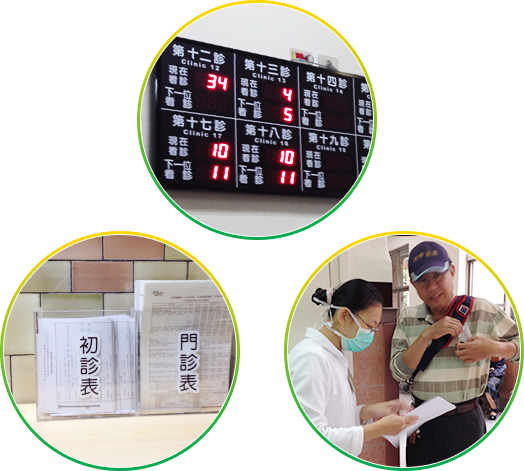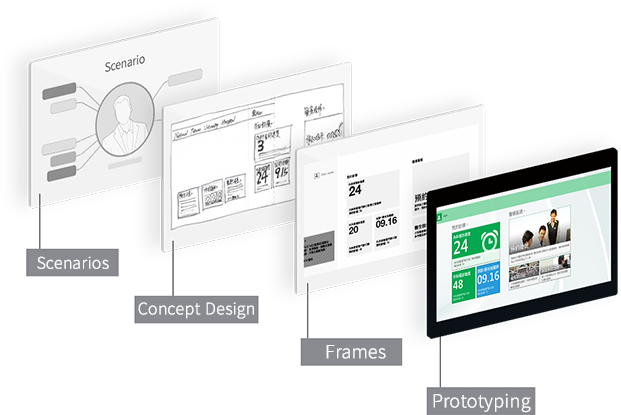On-site observations to surface the actual critical needs
After visiting the actual site of operation, we managed to surface what many users actually wanted. On top of improving the user interface, the project also encompasses optimization of the actual service work flow. Problems of varying degrees and the need for optimization were found in areas such as understanding of information, and even the consultation rules relevant to specific physicians.
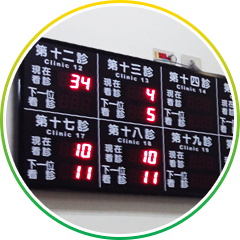
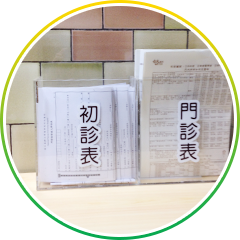
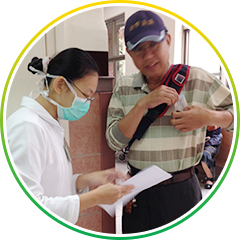
A more efficient design process
involving prototype testing to verify the effectiveness of the revised design
Simulations were carried out to model three different user scenarios, comprising the registration methods for first-time patients, returning patients and walk-in patients. After understanding each step of the process, we returned to the drawing board and began to work on the optimization of each screen. Through convergent and divergent exploration, prototyping for design verification, and reducing the time required for program development, we were able to address the actual needs successfully.
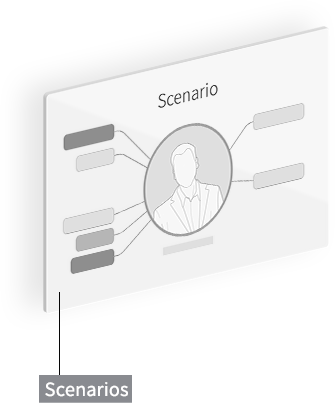
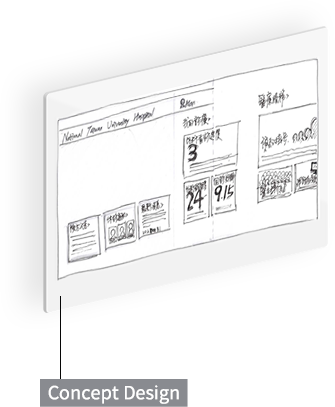
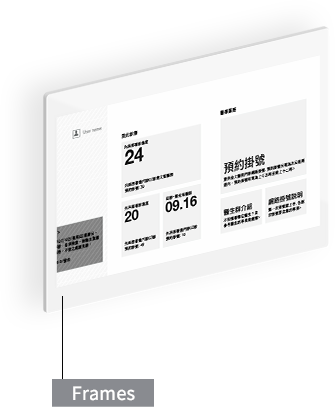
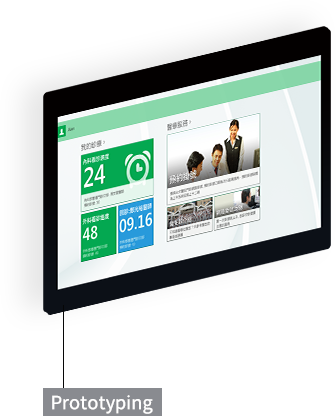
Recreating image of a century-old hospital in the digital age
In terms of enhancing brand image, not only do we need to improve on functions and their presentations, we also had to consider the image that this century-old hospital projects after converting to digital services.We needed to consider how we should present and integrate digital technology with professional and friendly medical care services, so that the general public and patients can truly appreciate this revision. Only then can we can convey the objectives of this visual design while seamlessly integrating art with technology.
